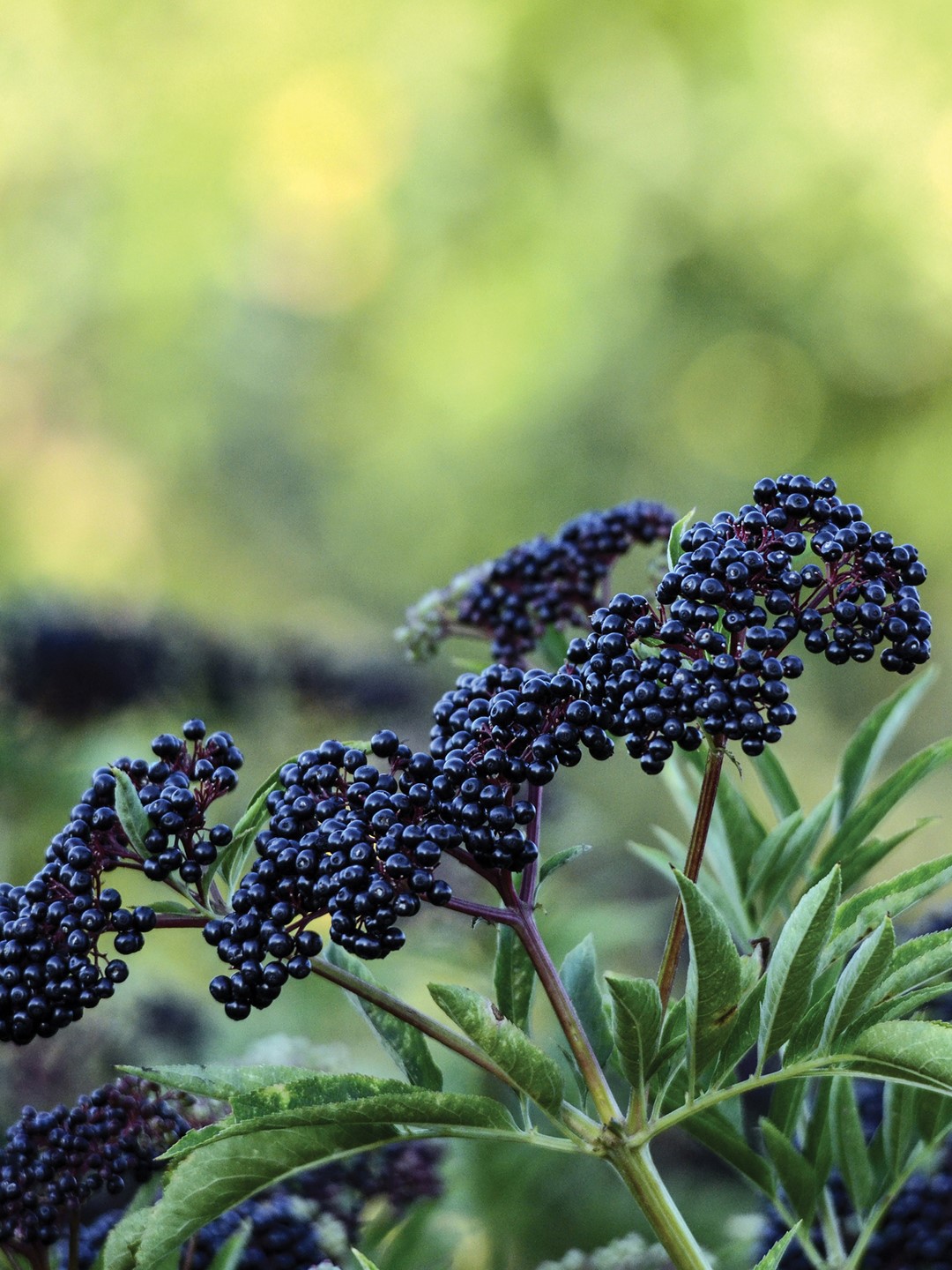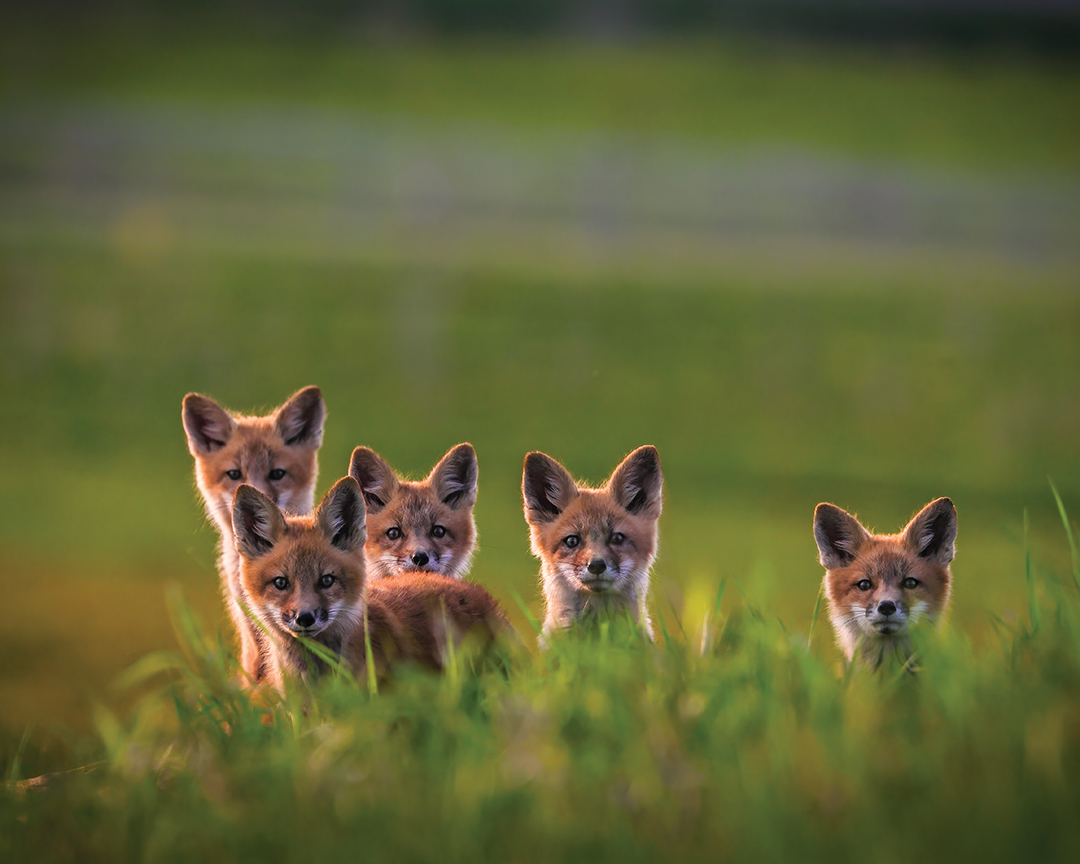
Gabe Schubert with the 50-inch muskie catch in November 2016. Photo: Sean Blaine and Gabe Schubert
Gabe Schubert explains the thrill of fly-fishing for aggressive, unpredictable muskies—a truly challenging trend in the world of fishing.
Gabe Schubert readies his fly-fishing rod aboard a 13-foot skiff on a clear, calm day around the first of November, just outside downtown Stillwater. He casts, and like a bullwhip, the line unfurls. His fly—a lure in the shape of a baitfish—smacks the water. Schubert strips the line a couple of times. He pulls in the white-and-chartreuse lure by hand. It bobbles side to side, gliding a little at each turn. Schubert designed the fly to move this way, and at nearly 12 inches, it’s unusually long for fly-fishing bait. It took him more than an hour to craft, using deer hair and holographic Flashabou fibers. To mimic a smaller fish’s silhouette, sometimes he uses feathers from chickens genetically modified for long plumage.
Suddenly, a huge, serpentine, dog-like head breaks the water behind the fly. This is no smallmouth bass; from pink chin to gill plate, the head is over a foot long. The eely body casts a silvery gold light. Also known as a “ghost,” this is a clear-bodied muskellunge, a type of predator that comes in many colors and sizes. Ten years ago, the average fisherman might have sighed at its appearance, ruefully retrieving the line. Fly-fishing deals largely in trout and bass. Muskies weigh too much for lightweight fly-fishing rods and lines.
But this muskie is exactly what Schubert has been hoping for. His 10- to 12-weight rod is bigger, more robust, than the average—the same kind Schubert uses to catch 150-pound tarpon in Mexico. The line is heavier. To catch the muskie, he doesn’t raise his rod as he would fly-fishing for trout. A strong, toothy muskie mouth resists that kind of hook setting. Instead, he points his rod at the ghost and tries to set his hook by tugging directly on the line, in “hand-to-fin combat,” Schubert says. Stripping the line, he lures the muskie around the boat. He shepherds it into figure eights.
An expert fishing guide, Schubert learned to catch muskies this way as a teenager growing up in Stillwater. A neighbor taught him to fly-fish at age 7. Casting for smallmouth bass, he started using larger and larger flies, hoping for bigger and bigger quarry. Soon, muskies were taking the bait. Schubert fashioned bite guards for his flies, but the law-longed ambushers still posed a challenge: aggressive, fickle and careful to take a bite.
Around 2007, muskie fly-fishing took off for that very reason: the rigor. It’s still Schubert’s favorite sport.
He calls the lower St. Croix “underrated” as a muskie spot—from Stillwater down to Prescott, Wis. Muskies like a change in weather, he says. They feed most before winter, making late fall prime for trophy fishing. Muskie season can open late May in Wisconsin and early June in Minnesota.
On that calm day in November, the sun hit noon height. Warm water meant less-than-ideal conditions. Once he hooked the ghost, he needed to land it as fast as possible. Wearing out a fish in warm water ups its lactic acid. That can mess with a muskie’s equilibrium, increasing its likelihood of death. “They’re a big, tough fish, but they’re not as resilient as people think,” Schubert says.
After less than a minute, he landed the ghost, all pink fins and tail. At 51.5 inches, weighing around 35 lbs., it was Schubert’s largest muskie yet. Fishing on Lake Mille Lacs two years ago, his friend Robert Hawkins caught the fly-fishing world record, a muskie weighing more than 50 lbs. and measuring 57 inches.
Of course, after admiration comes release. Preparations involve sanding down the barbs on the hook. For one, those hooks go flying at 200 miles an hour. But you release healthy fish that way, too—“so someone else can enjoy that same throw another day,” Schubert says.
Make Your Own Muskie-length Fly
Fishing expert Gabe Schubert uses bucktail, boasting a large profile without much weight that moves well in the water, as the ideal material for muskie flies. In Stillwater, Hedron Inc. sells Flashabou fibers for light reflection. You can find extra-long chicken feathers, known as “genetic hackle,” online—flyshack.com or jsflyfishing.com.
Gabe Schubert can be hired out as a muskie, smallmouth and trout guide, and can be reached at Lund’s Fly Shop in River Falls.






















